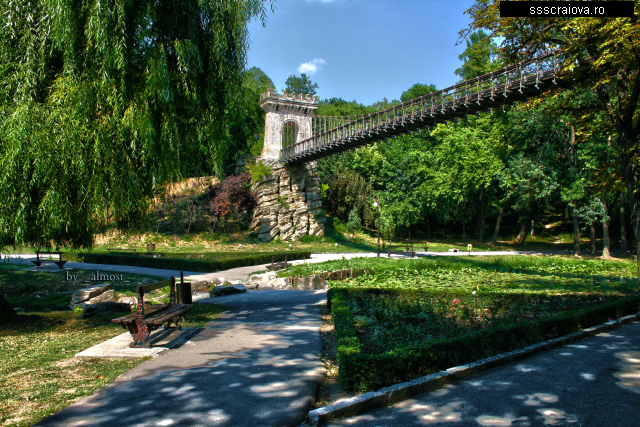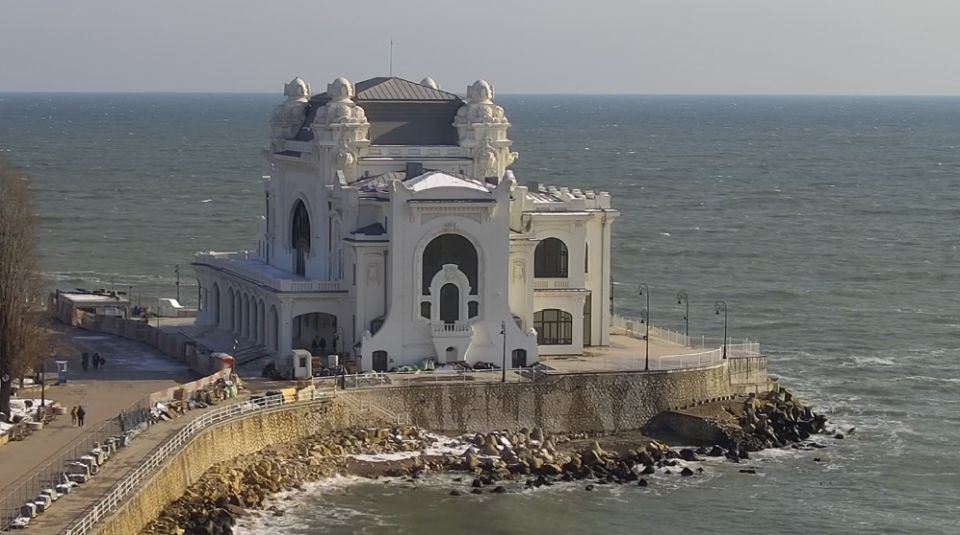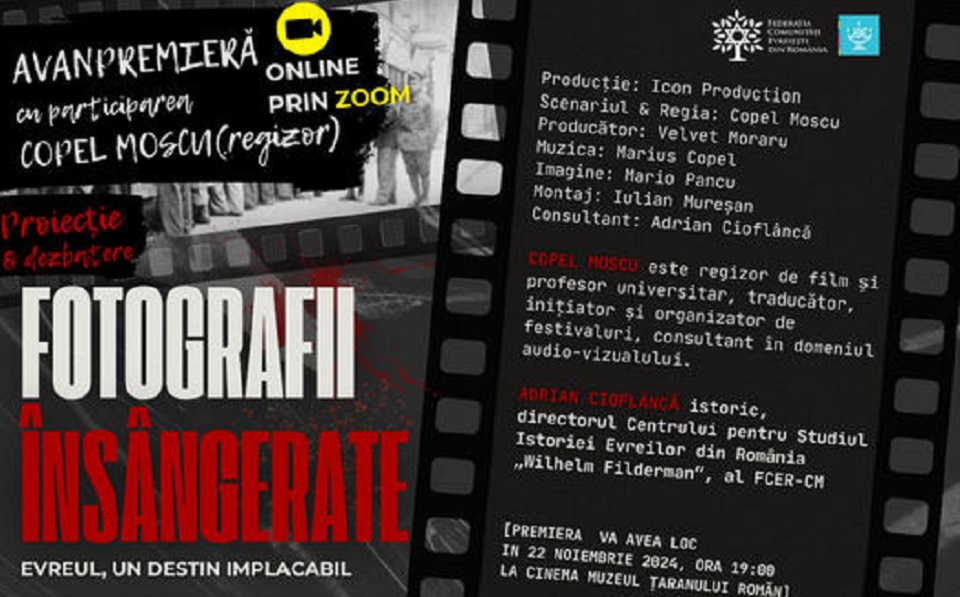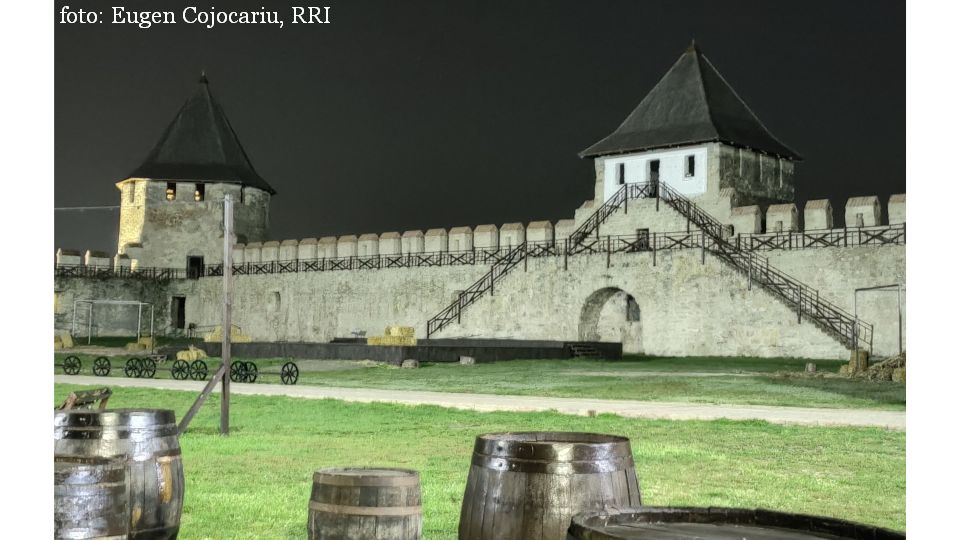The Romanescu Park in Craiova, southern Romania
Stretching over 100 hectares, the Romanescu Park in Craiova is certainly one of the largest in Romania and also one of the largest in Europe.

Christine Leșcu, 08.08.2015, 15:51
The park’s history is intertwined with that of the Bibescu-Stirbey
boyar family, which gave two rulers to Wallachia. In the 19th
Century, the plot the park lies on today belonged to great chancellor Iancu
Ioan Bibescu. He built a garden there, with banks and gazebos, allowing people
to take a stroll through the park in their leisure time. So this public garden
is dating back from mid-19th Century. In the following minutes
researcher Toma Radulescu is telling us how this private garden, originally
Iancu Bibescu’s promenade, turned into a public park.
Toma Radulescu: The garden was very carefully looked after for from its early days. The
lake it has dates back to that time and swans were living there. Later, back in
the time of Barbu Stirbey, this plot was bought by the local authorities, which
turned it into a public garden. Unfortunately, the administration’s sloppy
management turned it into a squalid place. Waste from an army barracks nearby
was dumped there and a group of nomad gypsies set up camp on the premises. This
issue was first mentioned at the time of the independence war of 1877, when the
Bibescu family was hosting a hospital for wounded soldiers. When the city got a
stronger administration, under the lead of Nicolae Romanescu, a significant
amount of money was allotted for clean-up and one of Europe’s best garden experts,
Eduard Redont, was hired. He drew up the project of a Romantic park after a
common French pattern.
Eduard Redont, the French designer who worked
on the Carol Park in Bucharest and drew the plans for the National Exhibition
it hosted back in 1906, was granted the golden medal for the project of the
future Romanescu Park at the International Exhibition in Paris. The project
included a lake, a horse race track and even a fairy-tale castle up on a nearby
hill. Suspension bridges and a bandstand were also built, and the premises also
included a mini Zoo. Initiated towards the end of the 19th Century,
construction works were completed in 1903, and on September the 29th
of that year King Carol I and Queen Elizabeth, accompanied by crown princes
Ferdinand and Marie, officially opened the park. Toma Radulescu tells us what
it looked like back then, and how people used to spend their time here:
Toma Radulescu: The park
was very modern. It had a horse race track and it was the place where all sorts
of competitions were held. The royal family would participate in the horseback
riding contests organized there, and also in other important events, such as
the National Day, on May 10th. The parade, which used to be held
every May 10th until the communists came to power, would take place
in front of the park and of the Independence Monument, one of the most majestic
such monuments in Europe. When it was built, in front of the Romanescu Park, it
was the second tallest. Also, during the winter, people would come and skate there,
a tradition preserved for a long time. I still remember admiring, as a child,
the elegance of the ladies who were skating. The park used to be host to
athletics events, as well as re-enactments of major historical events.
Along the years, the
park has had several names. In the beginning it was called the ‘Bibescu
Garden’, after the name of its original owner, then it became the ‘People’s
Park’, during the short ruling of Marshal Averescu, at the end of the first
world war. In the 1930s, after the death of the mayor of Craiova, Nicolae
Romanescu, the park was named after him, but then the communists called it The
People’s Park again. After 1990 it was given back the name of the most
important mayor of Craiova, Nicolae Romanescu. These days the park is undergoing
a large-scale rearrangement and modernization process.






























